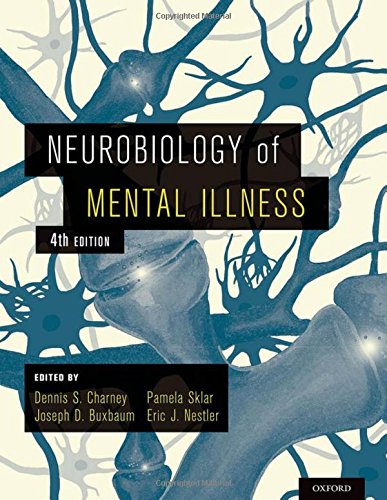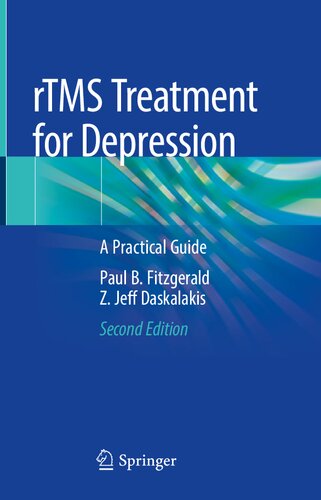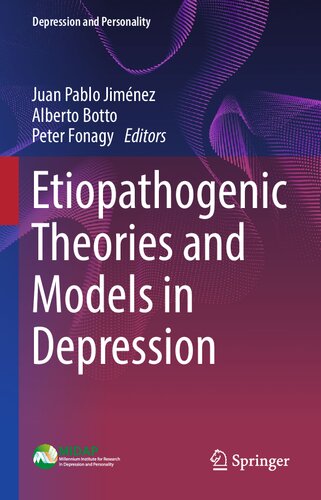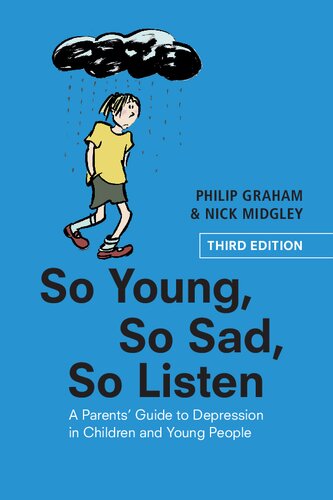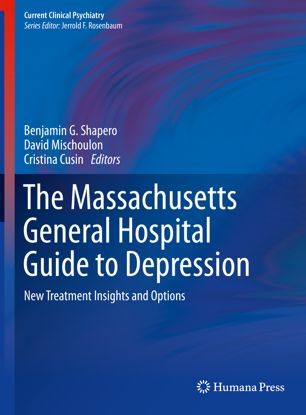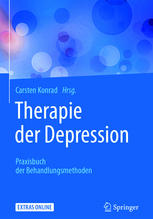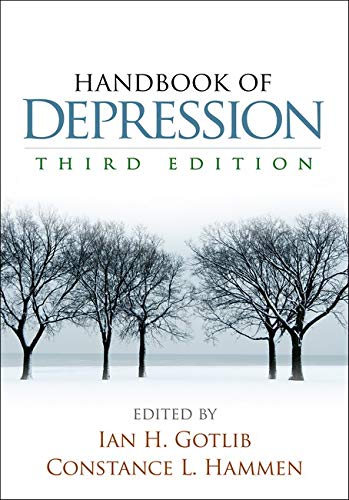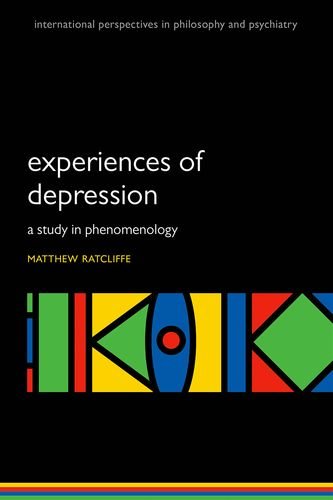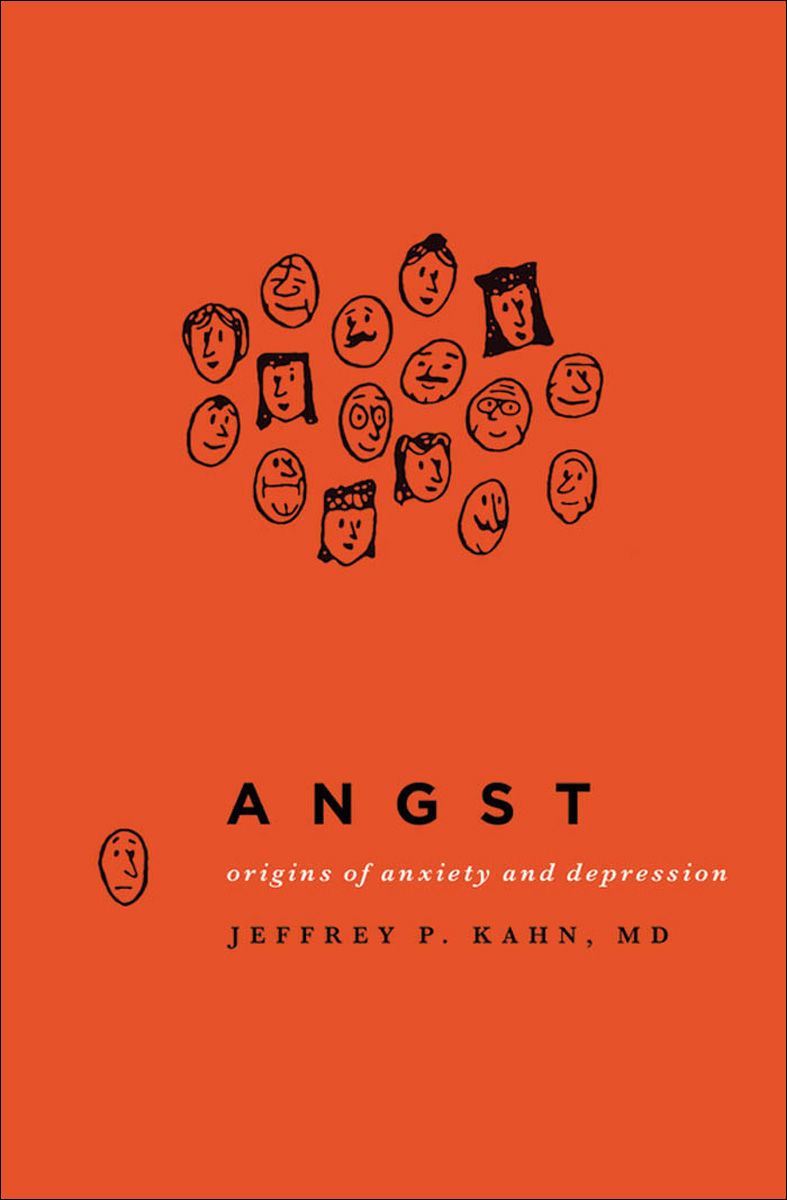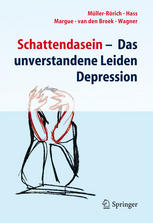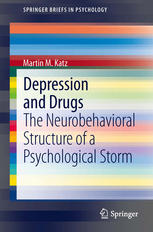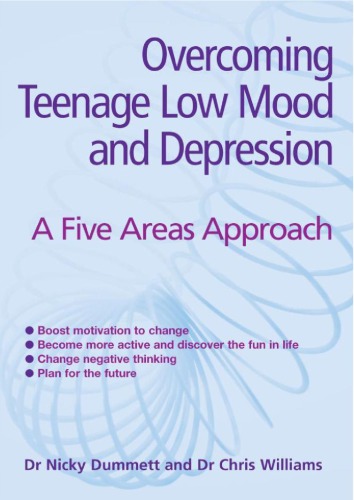نوروبیولوژی بیماری های روانی ۲۰۱۳
Neurobiology of Mental Illness 2013
دانلود کتاب نوروبیولوژی بیماری های روانی ۲۰۱۳ (Neurobiology of Mental Illness 2013) با لینک مستقیم و فرمت pdf (پی دی اف)
| نویسنده |
Dennis S. Charney, Eric J. Nestler, Joseph D. Buxbaum, Pamela Sklar |
|---|
| تعداد صفحهها |
1222 |
|---|---|
| نوع فایل |
epub, pdf |
| حجم |
27 Mb, 46 Mb |
| سال انتشار |
2013 |
89,000 تومان
معرفی کتاب نوروبیولوژی بیماری های روانی ۲۰۱۳
درک ما از زیربنای عصبی زیستی بیماری های روانپزشکی در پنج سال گذشته تسریع شده است. با توجه به این پیشرفت ها و اکتشافات در مبانی عصب بیولوژیکی روانپزشکی، عصب شناسی بیماری های روانی ویرایش چهارم کاملاً تجدید شده است. کتاب مانند کتاب های پیشین خود با مروری بر علوم پایه آغاز می شود. فن آوری های نوظهور در بخش 2 به طور گسترده برای مطابقت با پیشرفت ها در این زمینه، از جمله فصل های جدید در مورد کاربرد سلول های بنیادی، اپتوژنتیک، و تحریک های هدایت شده با تصویر برای درک و درمان اختلالات روانی، دوباره طراحی شده اند. بخش های 3 تا 8 به سندرم های روانپزشکی اصلی – روان پریشی، اختلالات خلقی، اختلالات اضطرابی، اختلالات مصرف مواد، زوال عقل و اختلالات دوران کودکی مربوط می شود. هر یک از این بخش ها دانش ما را در مورد علت شناسی، پاتوفیزیولوژی و درمان در بر می گیرد. بخش آخر موضوعات خاصی از جمله نوروبیولوژی خواب، تاب آوری، دلبستگی اجتماعی، پرخاشگری، اختلالات شخصیت و اختلالات خوردن را مورد بحث قرار می دهد. در مجموع، 32 فصل جدید در این جلد شامل بینش های منحصربه فرد در مورد DSM-5، معیارهای حوزه تحقیقاتی (RDoC) از NIMH، و چشم اندازی در مورد چالش های مداوم تشخیص با توجه به آنچه در مورد مغز و مکانیسم های آن می دانیم، وجود دارد. بیماری روانی. این کتاب اطلاعاتی را از سطوح مختلف تجزیه و تحلیل از جمله زیست شناسی مولکولی و ژنتیک، فیزیولوژی سلولی، نوروآناتومی، نوروفارماکولوژی، اپیدمیولوژی و رفتار ارائه می دهد. با انجام این کار، اطلاعات را از آزمایشگاه پایه به آزمایشگاه بالینی و در نهایت به درمان بالینی ترجمه می کند. هیچ کتاب دیگری علوم پایه و مبانی اختلالات روانی را خلاصه نمی کند و اهمیت بالینی دامنه و وسعت این متن کلاسیک را توضیح می دهد. نتیجه یک منبع عالی و پیشرفته برای روانپزشکان، محققان روانشناسی و دانشجویان دکترا در شیمی اعصاب و علوم اعصاب است.

